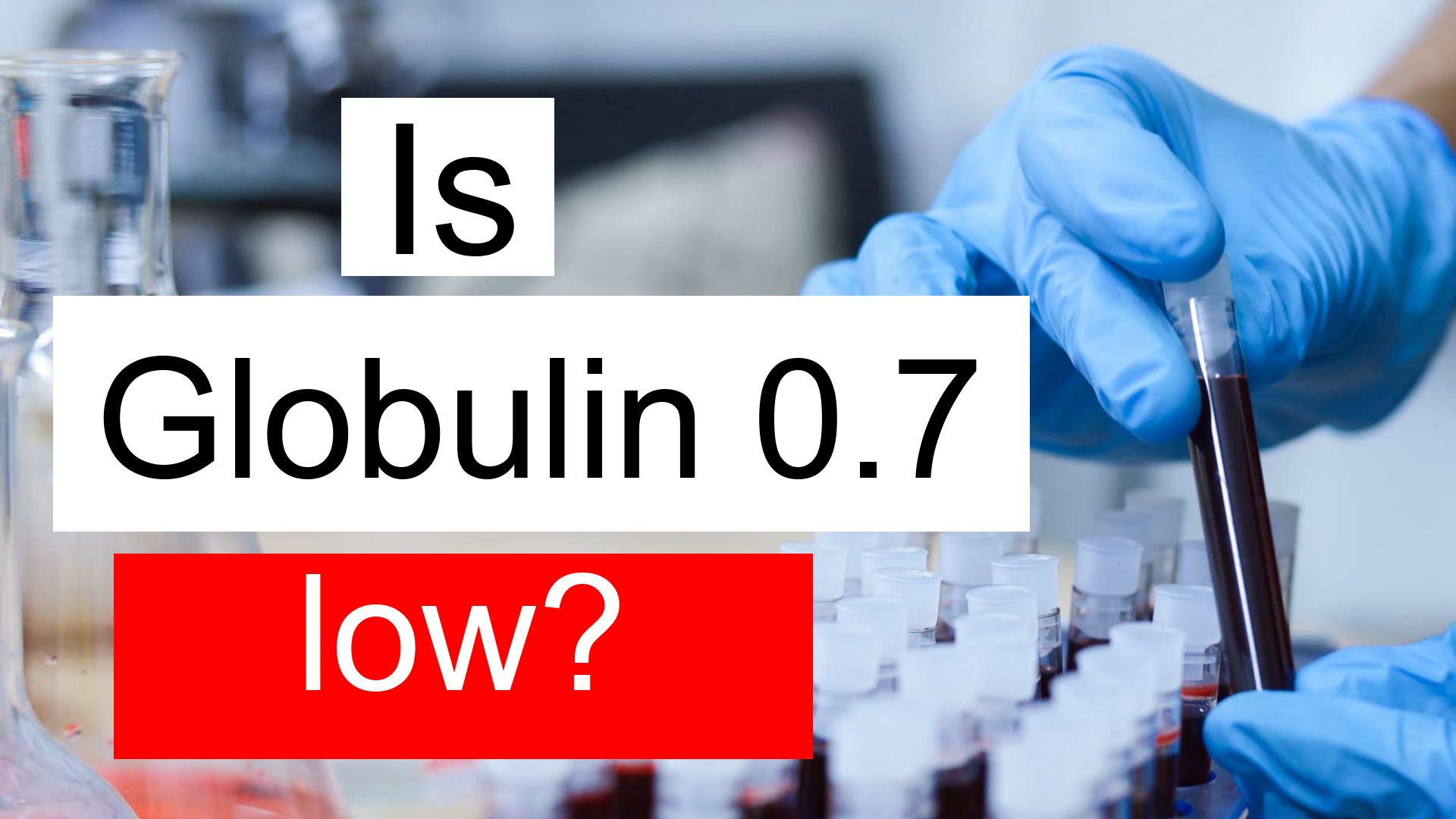12 Broken Hip Recovery Tips For Faster Healing
Recovering from a broken hip can be a challenging and lengthy process, requiring patience, dedication, and the right approach. A broken hip, also known as a hip fracture, occurs when the femur (thigh bone) breaks near the hip joint. This type of injury is common among older adults, particularly those with osteoporosis or a history of falls. In this article, we will provide 12 broken hip recovery tips to help you heal faster and regain your mobility.
Understanding the Recovery Process
The recovery process for a broken hip typically involves a combination of medical treatment, physical therapy, and lifestyle modifications. The goal of treatment is to promote healing, prevent complications, and restore functional mobility. The recovery process can be divided into several stages, including the acute phase, rehabilitation phase, and maintenance phase. Each stage requires a unique set of strategies to ensure optimal healing and prevent setbacks.
Stage 1: Acute Phase (0-2 weeks)
During the acute phase, the primary focus is on pain management, wound care, and prevention of complications. Patients typically require hospitalization and may need surgery to repair the fracture. After surgery, patients are usually immobilized for a short period to allow the bone to heal. It is essential to follow the doctor’s instructions and take medications as prescribed to manage pain and prevent infection.
| Acute Phase Strategies | Benefits |
|---|---|
| Pain management | Reduces discomfort and promotes relaxation |
| Wound care | Prevents infection and promotes healing |
| Immobilization | Allows the bone to heal and reduces the risk of complications |
12 Broken Hip Recovery Tips
Here are 12 broken hip recovery tips to help you heal faster and regain your mobility:
- Follow a balanced diet: A well-balanced diet rich in nutrients, such as calcium, vitamin D, and protein, is essential for bone healing and overall health.
- Stay hydrated: Drinking plenty of water helps to prevent dehydration, promote wound healing, and reduce the risk of complications.
- Get enough rest: Adequate rest and sleep are crucial for the body's repair and healing processes.
- Attend physical therapy sessions: Physical therapy plays a vital role in promoting mobility, strength, and flexibility during the recovery process.
- Use assistive devices: Assistive devices, such as walkers or canes, can help reduce the risk of falls and promote mobility during the recovery process.
- Manage pain effectively: Effective pain management is essential for promoting comfort, reducing stress, and preventing complications.
- Prevent infection: Preventing infection is critical during the recovery process, and patients should follow their doctor's instructions for wound care and medication.
- Stay mobile: Gradually increasing mobility and activity levels can help promote healing, prevent stiffness, and reduce the risk of complications.
- Practice good bowel and bladder habits: Good bowel and bladder habits can help prevent constipation, promote wound healing, and reduce the risk of complications.
- Get enough vitamin D: Vitamin D is essential for bone health, and patients should ensure they get enough vitamin D through diet, supplements, or sun exposure.
- Attend follow-up appointments: Regular follow-up appointments with the doctor are crucial for monitoring progress, addressing concerns, and preventing complications.
- Stay positive and motivated: A positive attitude and motivation can help patients stay engaged in the recovery process, promote healing, and reduce the risk of complications.
Stage 2: Rehabilitation Phase (2-12 weeks)
During the rehabilitation phase, the focus shifts from acute care to promoting mobility, strength, and functional independence. Patients typically require physical therapy to regain mobility, strength, and flexibility. The rehabilitation phase is critical for promoting healing, preventing complications, and restoring functional mobility.
Conclusion and Future Implications
In conclusion, recovering from a broken hip requires a comprehensive approach that includes medical treatment, physical therapy, and lifestyle modifications. By following the 12 broken hip recovery tips outlined in this article, patients can promote healing, prevent complications, and regain their mobility. Future implications of broken hip recovery include the development of personalized recovery plans, advancements in surgical techniques, and the use of innovative technologies to promote healing and prevent complications.
What are the most common causes of broken hips in older adults?
+The most common causes of broken hips in older adults include osteoporosis, falls, and trauma. Osteoporosis can weaken the bones, making them more susceptible to fractures, while falls and trauma can cause direct injury to the hip joint.
How long does it take to recover from a broken hip?
+The recovery time for a broken hip can vary depending on the individual, the severity of the injury, and the effectiveness of treatment. Generally, the recovery process can take several months to a year or more, with most patients requiring 3-6 months of physical therapy and rehabilitation.
What are the most effective ways to prevent falls and broken hips in older adults?
+The most effective ways to prevent falls and broken hips in older adults include exercising regularly, improving balance and strength, removing tripping hazards, using assistive devices, and ensuring adequate lighting and visibility.



